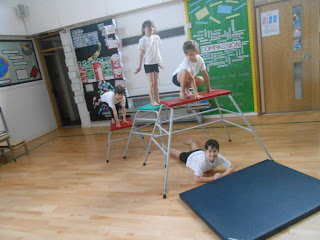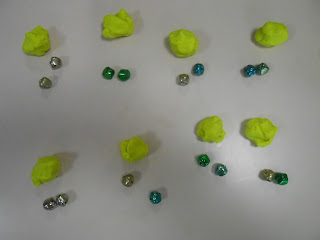We are enjoying our Habitat topic and have been thinking about 6 different Habitats-
grassland, woodland, Polar regions, ocean, desert and the rain forest. We generated lots of questions that we wanted to find out about aswell as thinking about what we already know.
This week we will be creating our own Habitat fact files. The booklets will describe an animal in it habitat and the reader will have to guess. In side the booklet we will write information we have found out using Google.
In PE we moved around the 6 different Habitats pretending to be different animals- our partners had to guess what we were thinking about the habitat and the way we moved our bodies. We learnt how to move in different ways, directions and speeds on new equipment and learnt new things from each other about the different animals that choose to live in the different habitats.
Can you guess the animals we are pretending to be?
Desert
Ocean- Coral reef
Rainforest
Woodland
Grassland
Polar regions













































